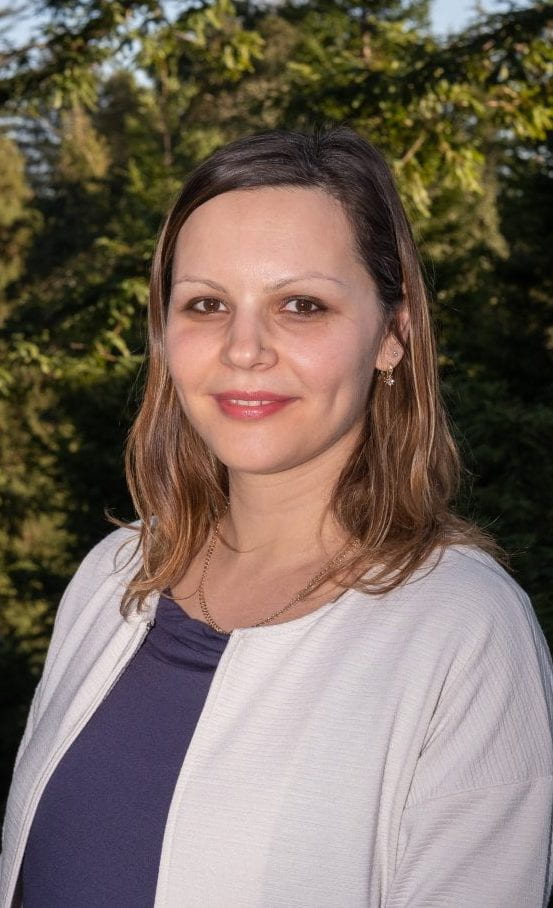Feb 28, 2019
Christie Rizk
NEW YORK (GenomeWeb) – Next-generation sequencing technology as applied to various cancers has led to the discovery of several DNA mutations thought to be responsible in some way for the development or proliferation of those cancers. This, in turn, has led to the development of several treatments targeted at those specific mutations. But what can be done to treat cancers in the same manner if they don’t have actionable mutations that can be targeted?
Some groups are increasingly turning to transcriptomics to help fill in the gaps, and they’re finding that the combination of DNA and RNA analysis is allowing for more precision in matching cancer patients to available treatments. For example, last June, researchers from the WIN Consortium found that adding RNA-based testing to DNA analysis in 303 cancer patients increased the treatment match rate to 35 percent from 23 percent with DNA-based analysis alone.
The issue of targetable somatic mutations is especially problematic in pediatric cancers, as these cancers are known to be lacking in druggable DNA targets. In order to solve that problem, researchers with the Treehouse Childhood Cancer Initiative are instead focusing on using RNA sequencing data to analyze entire genetic pathways. Their hypothesis is that because cancer drugs are aimed at these specific pathways, they could be effective in treating pediatric cancers, even if they don’t have somatic mutations.
Even more specifically, researchers from the University of California, Santa Cruz — which is part of the Treehouse Initiative — have developed what they’re calling gene expression outlier analysis to see if they can identify overexpressed genes that can then be targeted with available cancer treatments. Much like the WIN Consortium, they’re also aiming to determine if this kind of RNA-based analysis can bolster efforts to match patients to drugs as opposed to using tumor mutation analysis only.
“What we really want is to identify genes that are significantly overexpressed and significantly underexpressed in the given patient. There are no good methods for that,” UCSC Assistant Professor of Molecular, Cell, and Developmental Biology Olena Vaske said. “The standard differential expression analysis is comparing two groups of samples to each other and finding differences and similarities between groups. But, in a clinical setting we really have the one patient in question. And so those group-type of approaches don’t work. Because of that, we developed an approach that uses outlier analysis, which is more suitable for a single patient.”
Vaske and her group are currently conducting a study of 11,340 pediatric cancer patients, who have submitted clinical and omics data, including transcriptomic data, to the Treehouse Initiative.
“The hypothesis is that overexpressed oncogenes are cancer drivers in addition to mutations. So, our goal is to find overexpressed oncogenes in individual patients,” Vaske said. “There are some drugs that target specific mutation and those would not work for our purposes. But there are also drugs that just target the pathway and they can target a wild-type protein, and so those are the drugs that we can hypothesize would be effective in these cases.”
Once the researchers have identified a potentially actionable overexpressed gene, they try to match it to an available drug. They then communicate their findings to the patient’s clinician, who ultimately makes the treatment decisions.
“What we do is present the analysis,” Isabel Bjork, director of operations and pediatric programs at the UC Santa Cruz Genomics Institute, added. “Olena goes through it and reports on what the team has found with the clinical team, but the clinical team is responsible for making any treatment decisions.”
[ Read more ]


Recent Comments